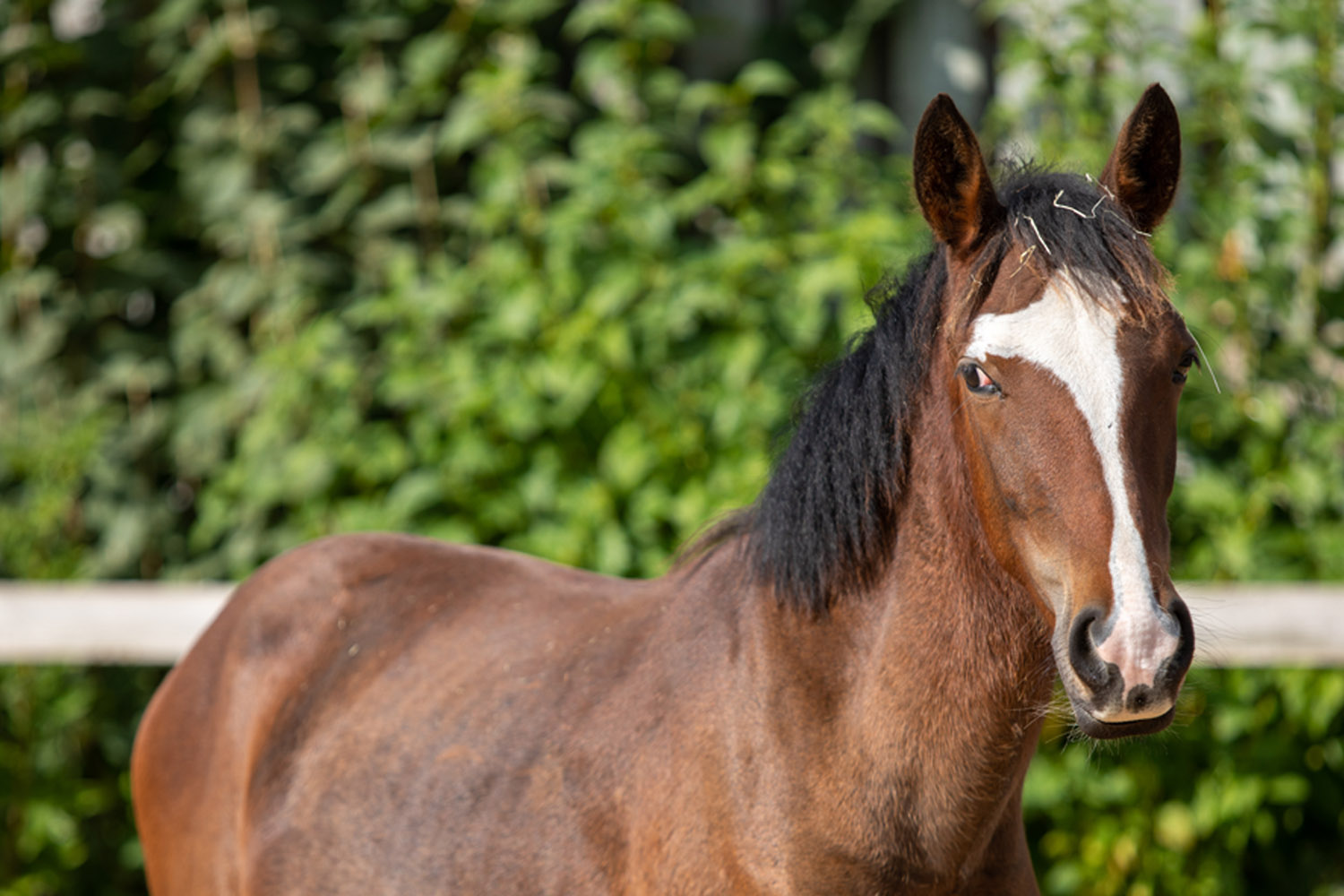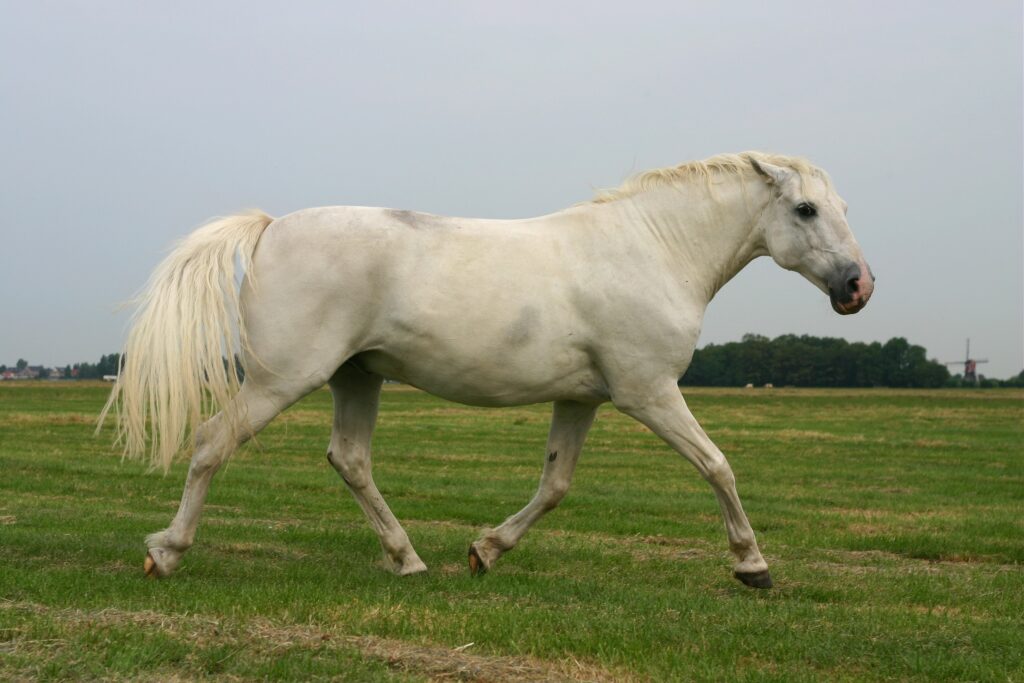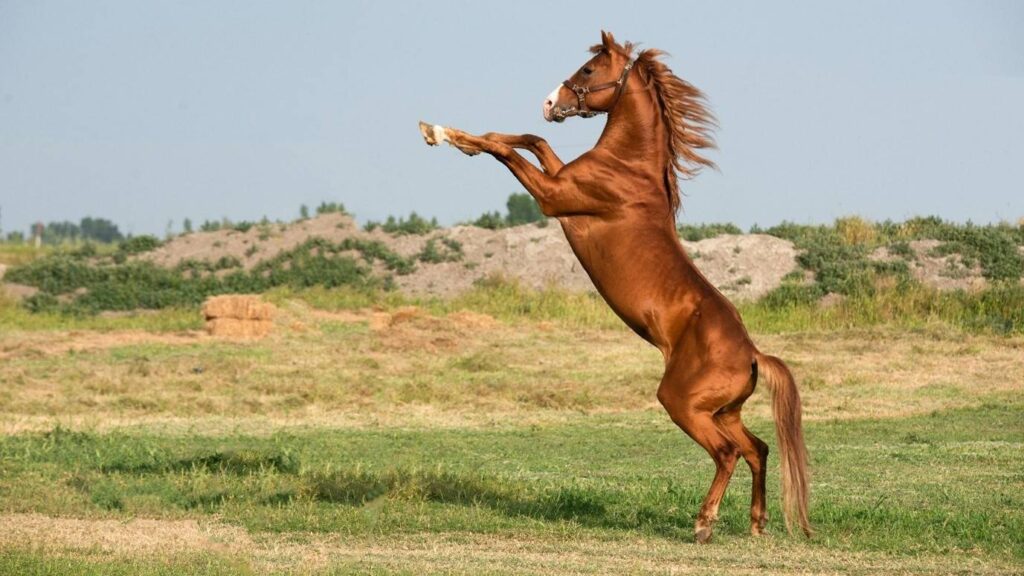For many horse owners, understanding the nuances of soaking hay for horses can be quite essential. This practice is not just about meeting dietary needs but can significantly impact a horse’s health and well-being. As an enthusiastic horse handler, ensuring your horse’s diet is both nutritious and safe should be of utmost priority. By the end of this comprehensive article, you’ll have a solid grasp of why and how to incorporate soaking hay into your equine management routine.

Why is Soaking Hay Beneficial?
The primary reason for soaking hay for horses is to reduce dust and mold, which can be detrimental to your horse’s respiratory health. Soaked hay also minimizes sugar content, making it a healthier option for horses prone to laminitis or those with Insulin Resistance (IR).
Improving Respiratory Health
One of the standout benefits of soaking hay is its ability to enhance respiratory health. By soaking, dust particles that may cause respiratory infections are significantly reduced. This is important especially for horses already suffering from conditions like heaves.
Managing Nutritional Intake
Soaking hay can also affect the nutritional content by reducing the water-soluble carbohydrates (WSCs). This makes it advantageous for horses needing low-sugar diets. For more about managing your horses nutrition, visit Nutritional Problems in Horses.
Steps for Properly Soaking Hay
Proper hay soaking is crucial to gain the maximum benefits. Follow these steps for optimal results.
Duration and Water Temperature
Ideally, hay should be soaked for 30 to 60 minutes. Use cold water for longer soaking to effectively reduce sugars. Hot water can be utilized for a shorter duration but may lead to nutrient leaching.
Equipment Needed
Youll need a clean container or large bucket, fresh water, and a hay net. Using a hay net makes draining easier and ensures complete soaking.
Addressing Common Concerns
While soaking hay offers myriad advantages, it is important to address some common concerns associated with this practice.
Water Management
Discard the soaking water after use as it contains sugars and particulates undesirable for your horses consumption. Recycling this water for garden use can be an eco-friendly option.
Nutrient Leaching
There can be a concern about losing essential nutrients during the soaking process. However, the benefits often outweigh the downsides especially for horses needing regulated sugar intake. Consult your veterinarian for a balanced approach.
Other Feeding Alternatives
If soaking hay seems cumbersome, consider exploring other feed options. Various feeds can complement or replace soaked hay. For more on alternatives, see ryegrass hay as a balanced option.
Personalizing Feeding Practices
Your soaking approach should be based on your horses specific needs. Factors such as age, health, and activity level must be taken into account. Experts in horse nutrition can offer guidance personalized to your horse’s unique conditions.
Conclusion
In conclusion,soaking hay for horses provides a practical, yet highly beneficial method for improving horse health. By alleviating respiratory issues and ensuring a balanced diet, this technique proves invaluable. For a deeper understanding of horse feed, visit probiotic feeds.

FAQ Section
Can hay soaking remove all dust?
Soaking will significantly reduce, but not completely eliminate dust from hay.
How warm should the soaking water be?
Both cold and warm water can be used, based on the required soaking time and nutrient considerations.
How can I tell if my horse benefits from soaked hay?
Consult your veterinarian to monitor your horse’s health and adjust feeding practices as needed.
This article contains affiliate links. We may earn a commission at no extra cost to you.







